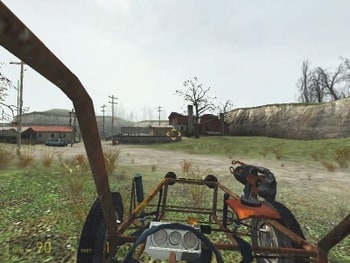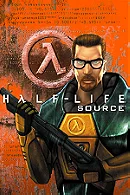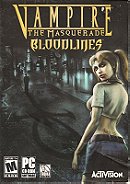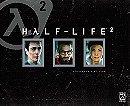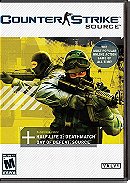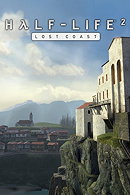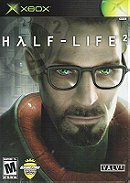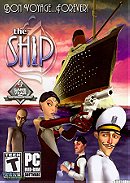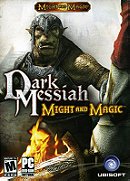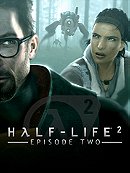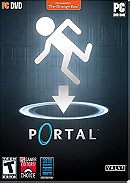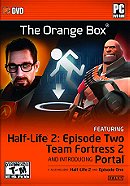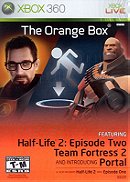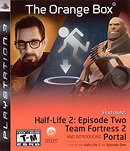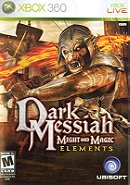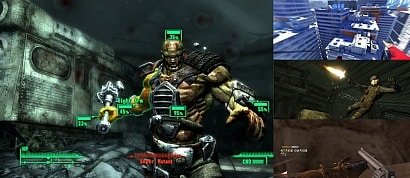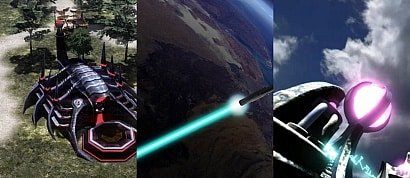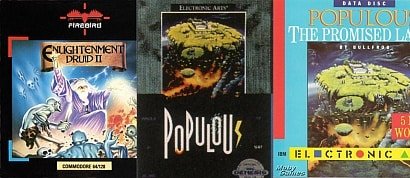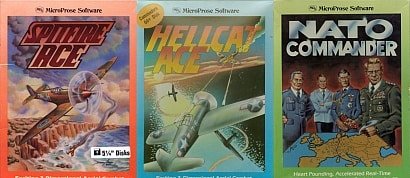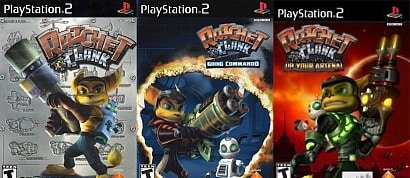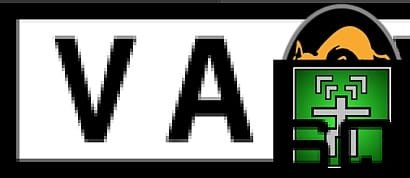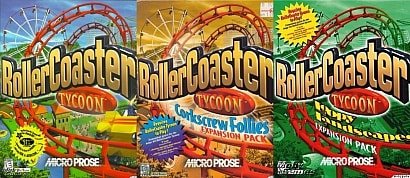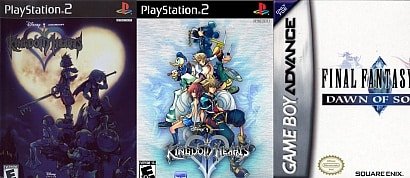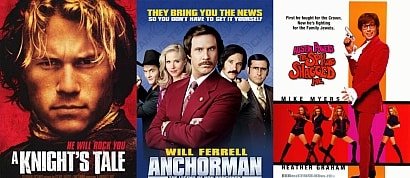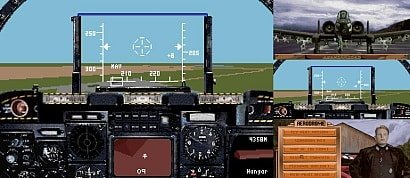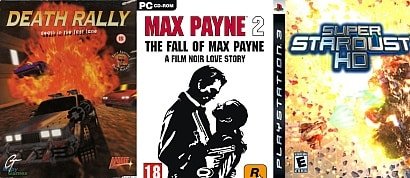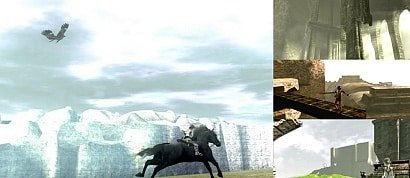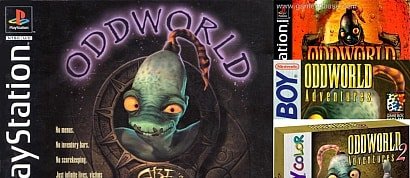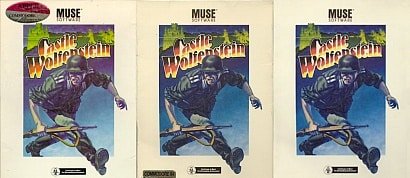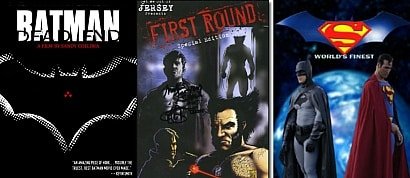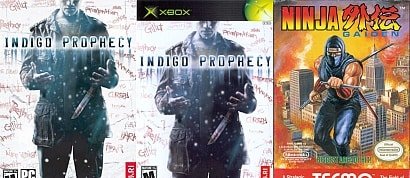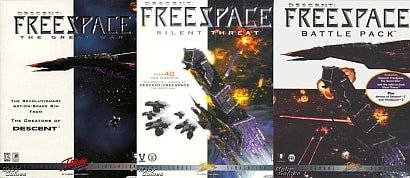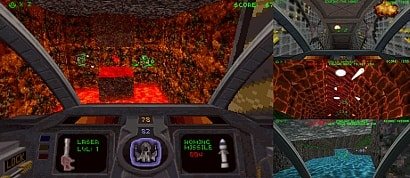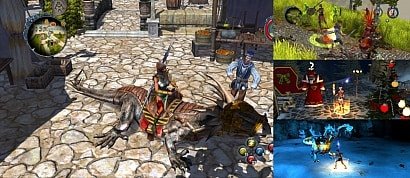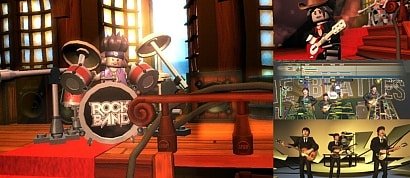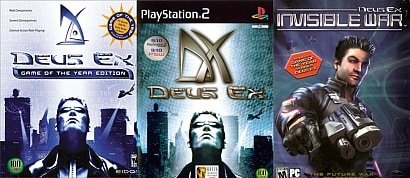Powered by Source
Sort by:
Showing 28 items
Rating:
List Type:
The Source engine is a 3D game engine developed by Valve Corporation. Its unique features include a large degree of modularity and flexibility, an artist-driven, shader-based renderer, accurate lip sync and facial expression technology, and a powerful, efficient and completely network-enabled physics system.
Source supports both 32-bit and 64-bit environments and the Microsoft Windows, Xbox, Xbox 360, and PlayStation 3 platforms. It debuted in October 2004 with Half-Life 2.
The Source engine distantly originated from GoldSource, the engine Valve used in their break-thru hit 'Half-Life', and itself a heavily modified Quake engine. When coding was also done for the original Half-Life, many parts of the GoldSource engine were branced out to a more risky and experimental 'Source', because Valve didnt want to ship Half-Life with an untested engine. This explains why Source is such a modular and customizable engine, and since its launch, several major upgrades have already been developed into the engine:
High Dynamic Range (HDR) lighting
First seen in the bonus level for HL2: Lost Coast and in the full game Day of Defeat: Source, HDR improves rendered lighting immensely by giving it a dynamic effect, most obvious when going from a dark area to a brightly lit area or vice versa.
Improved facial animation
Half-Life 2 introduced very advanced facial expressions, but HL2: Episode One improved on it considerably, especially for up-close facial expressions around the eyes and the mouth.
Full Screen Motion Blur
First seen in Team Fortress 2, this new effect gives a motion blur effect when moving at fast speeds, spinning around, or falling. This effect is also features in Portal and HL2: Episode Two.
Improved Dynamic Lighting and Shadows
A recent new improvement found in HL2: Episode Two, this effect is best illustrated with the Flashlight. In previous source games, the flashlight only illuminates an area, but in Episode Two, the flashlight itself is a fully dynamic light source that creates its own shadows as it lights up the environment.
Landscape and Flor rendering
Large open areas with lots of foliage has been a weak point of the source engine, but this has been greatly improved in HL2: Episode Two.
Multi-Processor optimizations
HL2: Episode Two is the first source title to take advantage in using dual core and quad core to improve performance, but Valve has stated they will improve HL2 and most others titles by patching the games via Steam to implement this improvement.
(source: wikipedia.org)
Source supports both 32-bit and 64-bit environments and the Microsoft Windows, Xbox, Xbox 360, and PlayStation 3 platforms. It debuted in October 2004 with Half-Life 2.
The Source engine distantly originated from GoldSource, the engine Valve used in their break-thru hit 'Half-Life', and itself a heavily modified Quake engine. When coding was also done for the original Half-Life, many parts of the GoldSource engine were branced out to a more risky and experimental 'Source', because Valve didnt want to ship Half-Life with an untested engine. This explains why Source is such a modular and customizable engine, and since its launch, several major upgrades have already been developed into the engine:
High Dynamic Range (HDR) lighting
First seen in the bonus level for HL2: Lost Coast and in the full game Day of Defeat: Source, HDR improves rendered lighting immensely by giving it a dynamic effect, most obvious when going from a dark area to a brightly lit area or vice versa.
Improved facial animation
Half-Life 2 introduced very advanced facial expressions, but HL2: Episode One improved on it considerably, especially for up-close facial expressions around the eyes and the mouth.
Full Screen Motion Blur
First seen in Team Fortress 2, this new effect gives a motion blur effect when moving at fast speeds, spinning around, or falling. This effect is also features in Portal and HL2: Episode Two.
Improved Dynamic Lighting and Shadows
A recent new improvement found in HL2: Episode Two, this effect is best illustrated with the Flashlight. In previous source games, the flashlight only illuminates an area, but in Episode Two, the flashlight itself is a fully dynamic light source that creates its own shadows as it lights up the environment.
Landscape and Flor rendering
Large open areas with lots of foliage has been a weak point of the source engine, but this has been greatly improved in HL2: Episode Two.
Multi-Processor optimizations
HL2: Episode Two is the first source title to take advantage in using dual core and quad core to improve performance, but Valve has stated they will improve HL2 and most others titles by patching the games via Steam to implement this improvement.
(source: wikipedia.org)
Early Gaming Scripting Tools
Sierra's AGI script language
* Powered by AGI
Sierra's early SCI versions
* Powered by SCI0/SCI1
Sierra's later SCI versions
* Powered by SCI1.1/SCI2/SCI3
LucasArts' SCUMM engine (all versions)
* Powered by SCUMM
Revolution's Virtual Theatre engine
* Powered by Virtual Theatre
Modern 3D Gaming Engines
Epic's UnrealEngine1 (1.0 & 1.5)
* Powered by Unreal1
Epic's UnrealEngine2 (2.0, 2.5, 2X)
* Powered by Unreal2
Epic's UnrealEngine3
* Powered by Unreal3
Monolith's Lithtech engine (1.0, 2.x, Talon, Triton, Jupiter)
* Powered by Lithtech
Added to
People who voted for this also voted for
Slow-Mo \ Bullet Time Games
Command & Conquer Superweapons
The Works of Peter Molyneux
The Works of Sid Meier
Ratchet & Clank series
My Favorite Developers
RollerCoaster Tycoon series
Square Enix Games (The Listal Collection)
Movie Stingers
Dynamix classic flight simulators
Games developed in Finland
Awesome Game Worlds
Oddworld Series
Wolfenstein series
Fan Made
More lists from List-All
Powered by UnrealEngine3
Games with significant name change
Freespace series
Descent series
Developed by Ascaron
Developed by Harmonix
Deus Ex series
 Login
Login
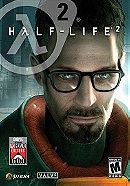
 1022
1022
 8.4
8.4
 0
0
